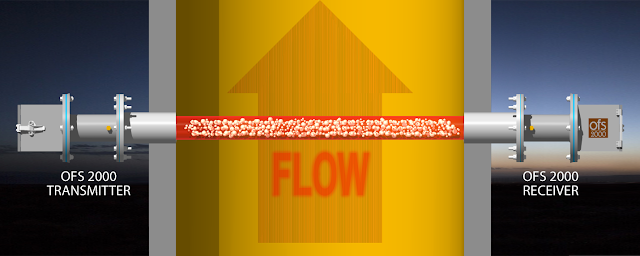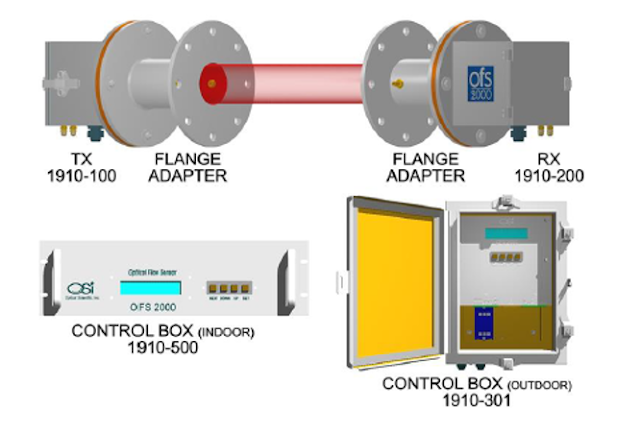The Role of Stack Flow Sensors in Industrial Air Quality Control
In the realm of industrial operations, maintaining high air quality standards is not just a regulatory requirement; it's a fundamental responsibility. Ensuring that the emissions from industrial processes meet stringent environmental guidelines is vital for the health of our planet and the well-being of communities. In this context, stack flow sensor play a pivotal role in industrial air quality control, offering precise and reliable measurement solutions.
Understanding Stack Flow Sensors
Stack flow sensors are sophisticated devices designed to measure the volumetric flow rate of gases being discharged from industrial stacks or chimneys. These sensors are critical in determining the quantity of pollutants released into the atmosphere, allowing industries to monitor and control their emissions effectively.
The Significance of Accurate Measurements
Stack flow sensors play a
pivotal role in ensuring compliance with environmental regulations. Regulatory
bodies set strict limits on emissions of various pollutants such as particulate
matter, sulfur dioxide, nitrogen oxides, and volatile organic compounds.
Industries are required to continuously monitor and report their emissions to
demonstrate compliance.
Accurate flow
measurements provided by stack flow sensors are the foundation of precise
emissions calculations. Without reliable data, industries risk falling out of
compliance, potentially leading to fines, legal issues, and damage to their
reputation. Moreover, monitoring emissions is not just about complying with
regulations but also about minimizing environmental impact and contributing to
sustainability efforts.
Flare Line Flow Sensors: A Complementary solution in some industrial processes, particularly in petrochemical facilities, flare stacks are used to burn off excess gases to prevent hazardous conditions. Flare line flow sensor serve a similar purpose to stack flow sensors but are tailored to the unique demands of flare stack monitoring. These sensors accurately measure the flow of gases in flare lines, helping operators optimize combustion efficiency and reduce emissions.
By combining
data from both stack flow sensors and flare line flow sensors, industries can
gain a comprehensive understanding of their emissions across various points in
their operations. This holistic approach enables better decision-making and the
implementation of strategies to reduce environmental impact effectively.
Conclusion
Stack flow sensors and
flare line flow sensors are indispensable tools in the realm of industrial air
quality control. These devices enable industries to accurately measure and
manage their emissions, ensuring compliance with environmental regulations and
contributing to a cleaner, healthier planet. Companies like Optical Scientific
play a crucial role in advancing the technology and expertise needed to
safeguard our environment while maintaining efficient industrial processes.
As industries
increasingly recognize the importance of environmental responsibility,
companies like Optical Scientific have emerged as leaders in providing
cutting-edge solutions for air quality control. Optical Scientific specializes
in advanced stack flow sensors and flare
line flow sensors that meet the rigorous demands of industrial
applications.




Comments
Post a Comment